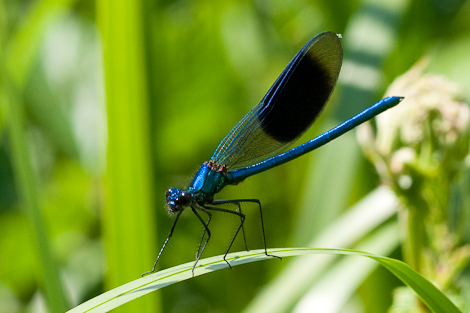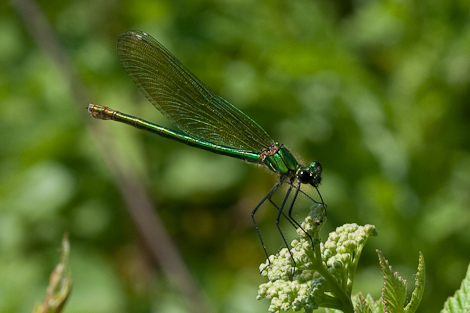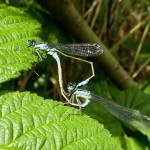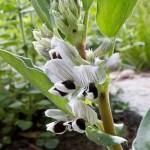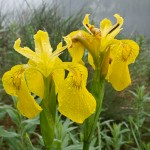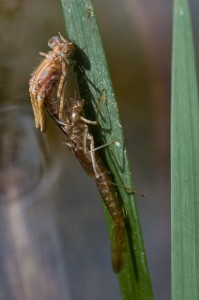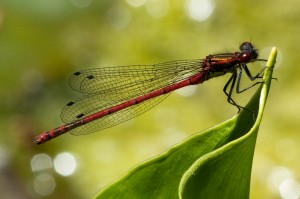Normally when I visit Brandon Marsh nature reserve I take my ‘scope and go looking for birds. However, in the Summer this path usually leads to disappointment, so yesterday I decided to go armed with my macro lens and go looking for insects, particularly damselflies.
I did get a good shot of damselflies a couple of weeks ago with my compact camera whilst on a lunchtime stroll, but I hoped to be able to get something a little better when armed with my ‘proper’ camera. In some ways I was disappointed, the damselflies were ever so jumpy, as soon as you moved they were off. Also, there were areas which looked perfect for other insects, but they were just not there, all those obliging umbellifers at the side of the path, and they were empty (I found the same problems at the Country Park this afternoon).
However, I did achieve what had become an unconscious ambition. For the last year or two, mainly as a result of my macro photography I have developed an interest in insects. The increase in the size of our pond has added damselflies and dragonflies to the list that was previously populated by butterflies and bees. As a result, and, through viewing various nature programs, I have always wanted to see a demoiselle, a type of damselfly. Particularly, a Banded Demoiselle (Calopteryx Splendens). You may be wondering what I am talking about, but these are particularly beautiful damselflies, that flutter like butterflies and sparkle in shades of green and blue. They are truly beautiful (in fact there is a Beautiful Demoiselle, but I think the Banded is prettier). I never thought that I would see one, but they are apparently present at Brandon Marsh.
To cut a long story short, I got a brilliant birthday present, and had been at Brandon just long enough to drink a hot chocolate and wander a few hundred yards onto the reserve before one tantalisingly zipped past – I got just enough of a glimpse to realise what I had missed. Then, no more, but some beautiful emerald coloured damselflies which did not seem to want to stay still – it was going to be one of those days.
On my way back from the furthest of the hides I decided to risk going the long route back through an area which is usually too boggy to try – and, despite all the dry, hot weather, it was still muddy in places. My walk was rewarded, Banded Demoiselles were there in numbers. They were also pretty nervous and any movement or the slightest breeze sent them fluttering up. Getting a photo was difficult, and I apologise for the poor quality, but I think you will agree that these are lovely insects (unless you are my mother, who doesn’t like any form of nature apart from blue tits, robins and some butterflies). I have since discovered that the green damselfly is in fact the female Banded Demoiselle.
